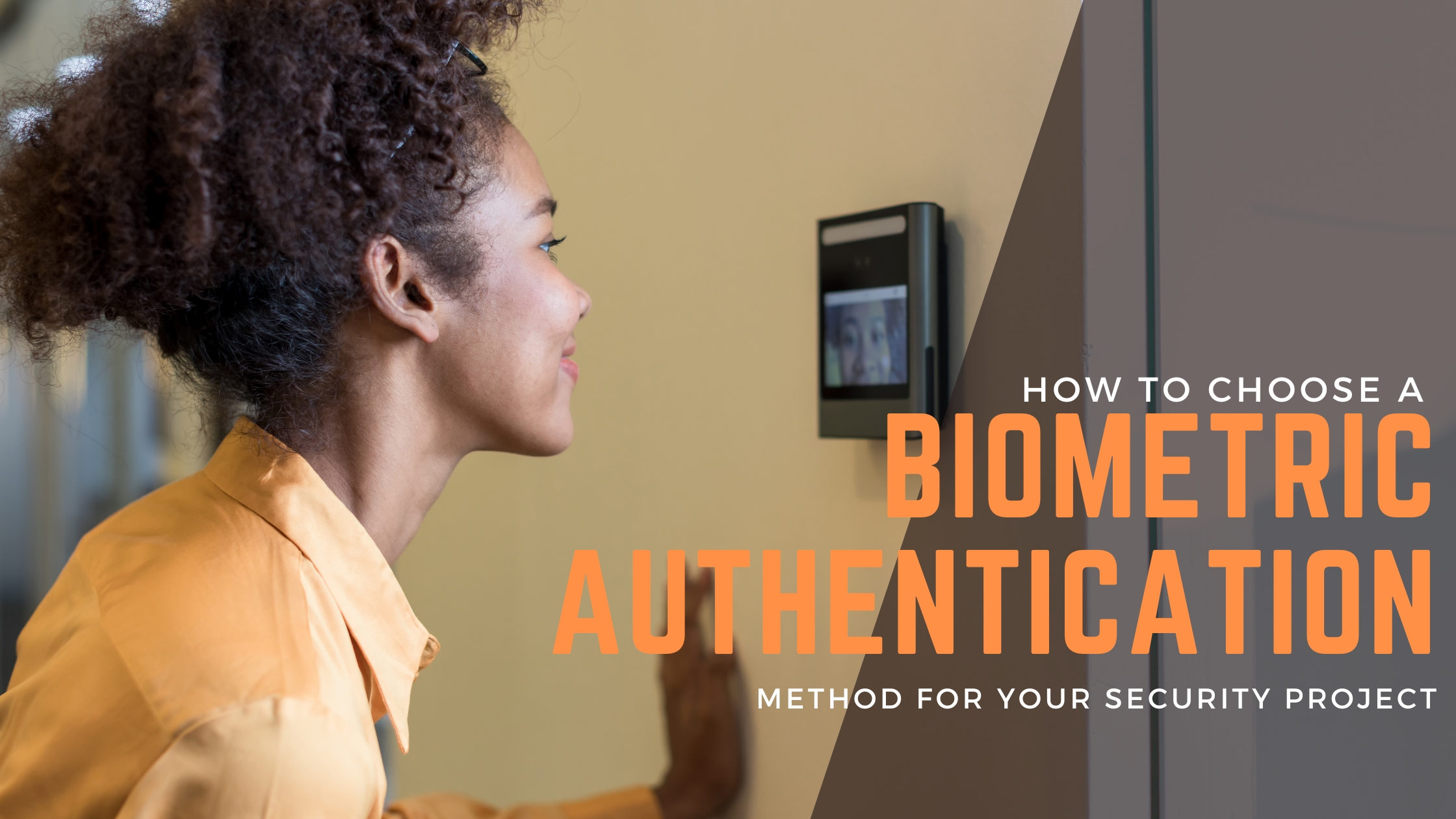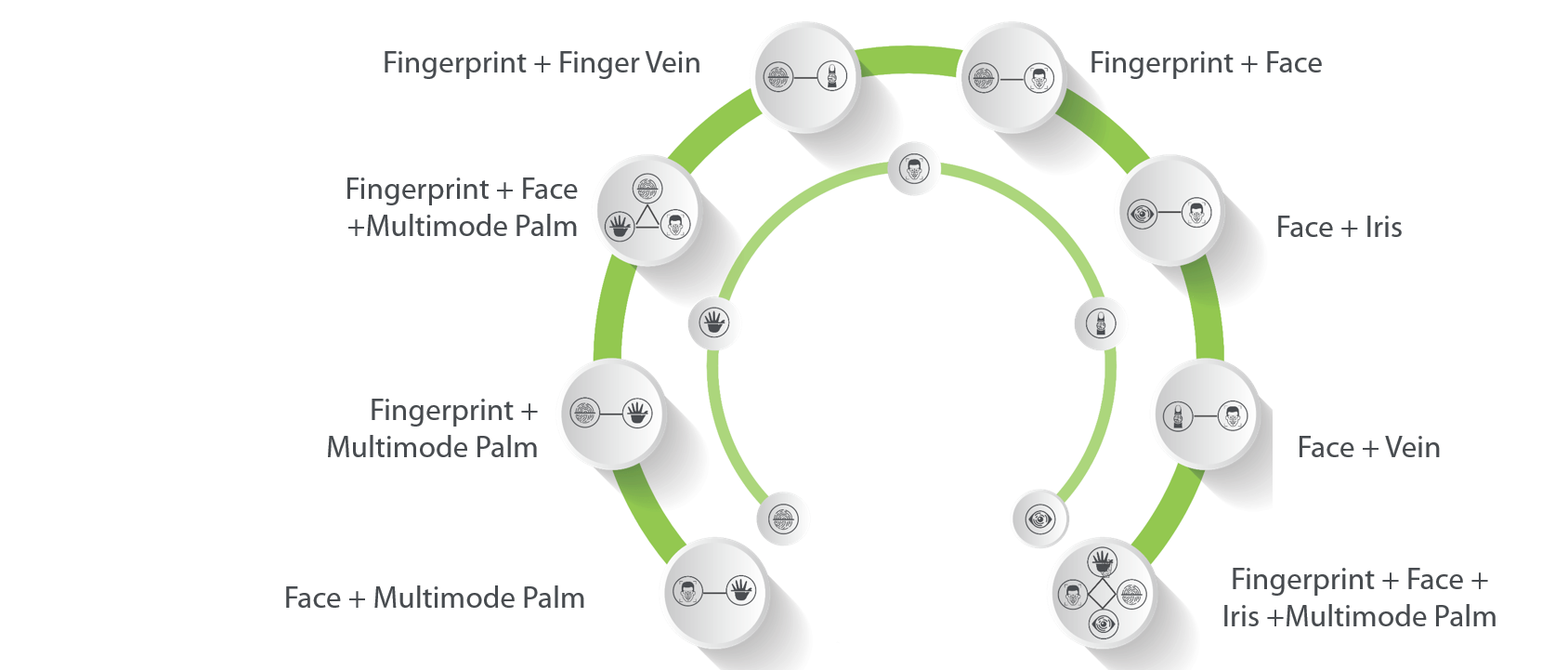While security threats loom large, traditional security authentication methods such as passwords and PINs have become vulnerable to breaches. Upcoming biometric authentication methods that utilize unique behavioral and physical features to grant access have become reliable, satisfying most security needs. However, it is important to use the right verification method for optimum results. In this article, we discuss the 3 most important factors to consider when choosing an authentication method.

1. Application Area
The number one consideration is where authentication is intended to take place. This could be in a high-security area or in day-to-day access control management. For instance, high-security areas often dictate high-standard verification methods such as facial recognition, iris recognition, or visible light facial recognition that possess unique features such as an anti-spoofing algorithm against print attacks, video attacks, and 3D mask attacks. On the other hand, choosing a biometric authentication method for low-risk areas is flexible.
2. Security Goals
The goals you plan to achieve with a specific security system also determine the type of verification method. For instance, if the system needs features like blacklisting, a certain level of sophistication and adaptability is required. Additionally, compliance regulations may also dictate the choice of biometric authentication method. Certain industries, such as healthcare or finance, may have specific regulatory requirements regarding the protection of sensitive information, which may influence the selection of a biometric system.
3. Ease of Use
Regardless of the security level, ease of use is crucial. A biometric authentication method should be intuitive and user-friendly. Complicated or cumbersome processes can lead to user frustration and may even result in the avoidance of security measures. Factors such as enrolment process simplicity, speed of authentication, and user acceptance are important considerations. Additionally, the system should be capable of accommodating a diverse user base, including individuals with disabilities or those who may have difficulty with certain biometric modalities.

ZKTeco has invested in providing a vast range of biometric features to cater to every security need. Ranging from fingerprint recognition, finger vein recognition, iris recognition, facial and visible light recognition, palm recognition, QR code, and RFID card recognition methods. Consult our experts on the best verification method to use for your project today.
